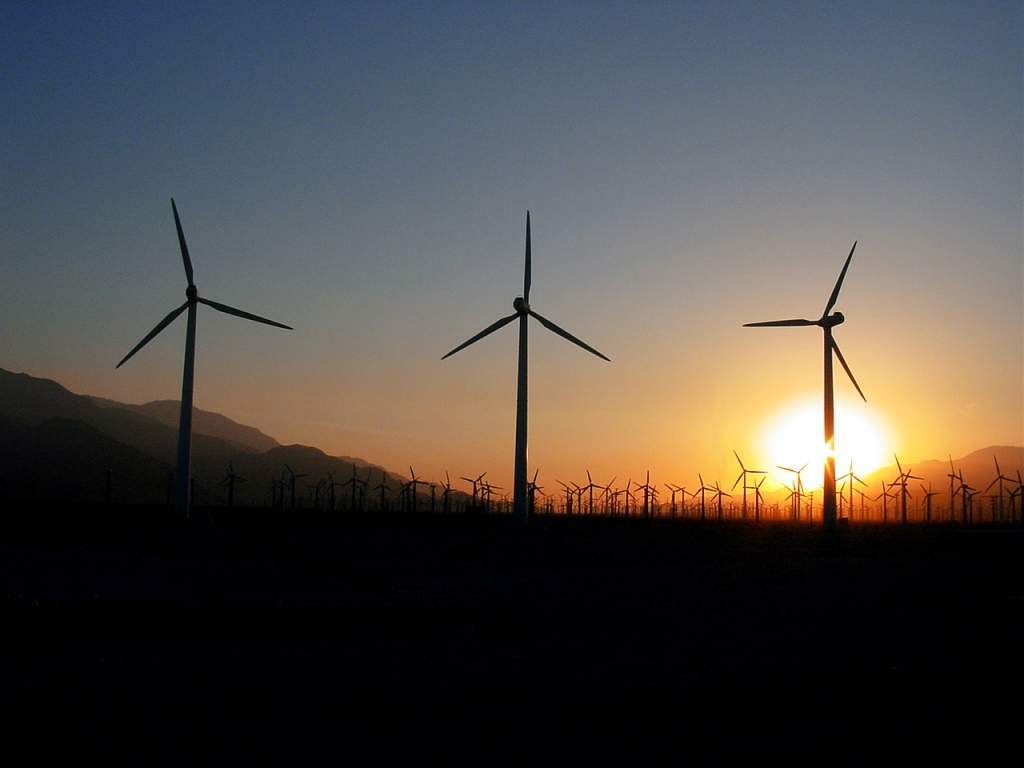German electric utility E.ON has partnered with Credit Suisse Energy Infrastructure Partners (CSEIP), a Swiss investment manager, for the construction of the 475MW Nysäter wind farm in Sweden.

Image: E.ON to start building Nysäter wind farm in Sweden. Photo: Courtesy of Ali Farid/FreeImages.com.
E.ON will also build and operate the wind farm under a long-term operations and maintenance (O&M) agreement. The Nysäter wind farm will be built with a total investment of €500m.
A fund advised by CSEIP will own 80% of the stake in the joint venture, while E.ON will own the remaining 20% stake.
The wind farm is supported by a power purchase agreement (PPA) signed with a Global Energy Major. The PPA is claimed to highlight the increasing demand for renewable energy in Europe.
The Nysäter wind farm will be located in hilly Västernorrland district of central Sweden close to Sundsvall, a region with ideal wind conditions. Construction of the wind farm is scheduled for begin this year and is expected to be completed by the end of 2021.
The wind farm will comprise of 114 turbines from Nordex. The turbines are expected to have a capacity between 3.9MW and 4.4MW and depending on the location, the tip height could reach up to 220m.
E.ON Climate & Renewables CEO Anja-Isabel Dotzenrath said: “It is part of our strategy to expand our position for onshore wind energy in Europe. Nysäter means a significant expansion of our Scandinavian portfolio.
“The project also demonstrates our ability to successfully develop and commercialize large-scale projects worldwide.”
Last month, the company had completed the construction of the 385MW Arkona offshore wind farm located 35km northeast of the island of Rügen, in the German Baltic Sea. The wind farm, which is set to begin full operations next year, is owned equally by E.ON and Norwegian energy company Euqinor.
The wind farm is powered by 60 of Siemens Gamesa’s SWT-6.0-154 turbines, each with 6MW generating capacity. Each turbine has a total height of 179m, with a hub height of 102m.
It could power nearly 400,000 German homes, while avoiding 1.2 million tons of CO2 from entering the atmosphere annually. It is spread across an area of 37km2.
